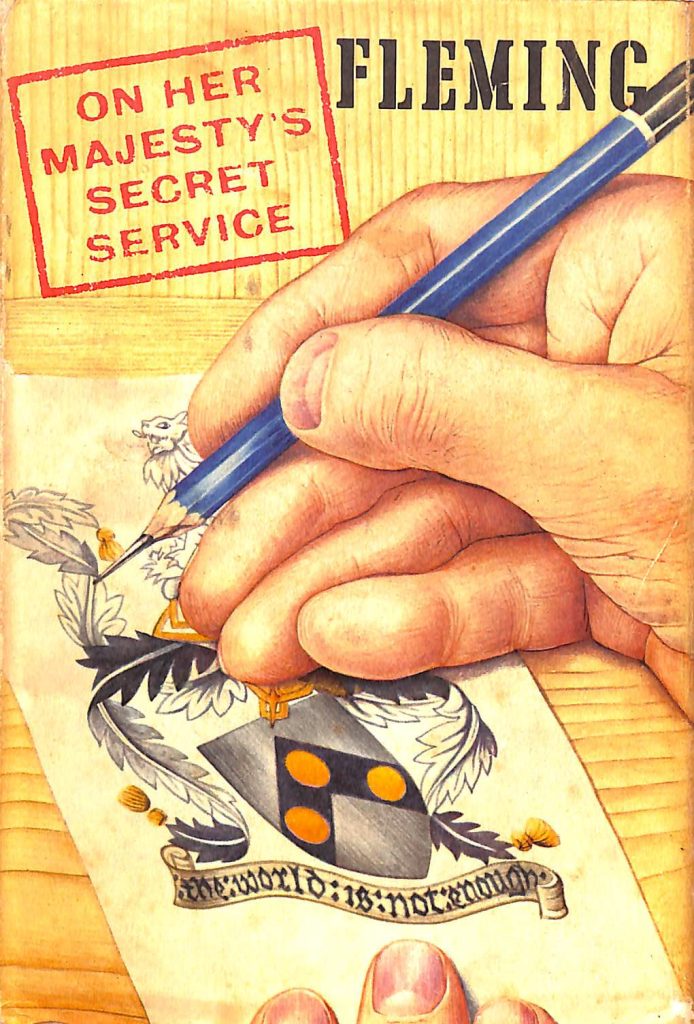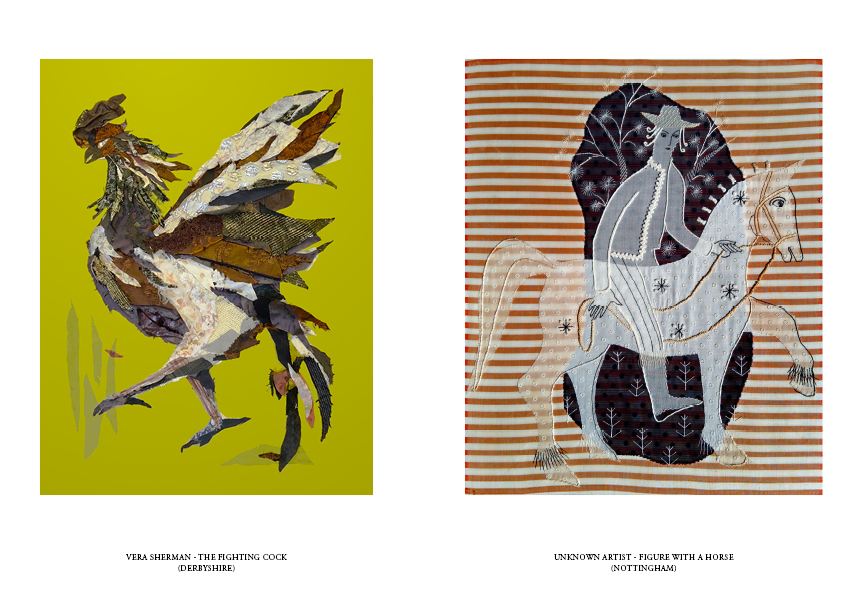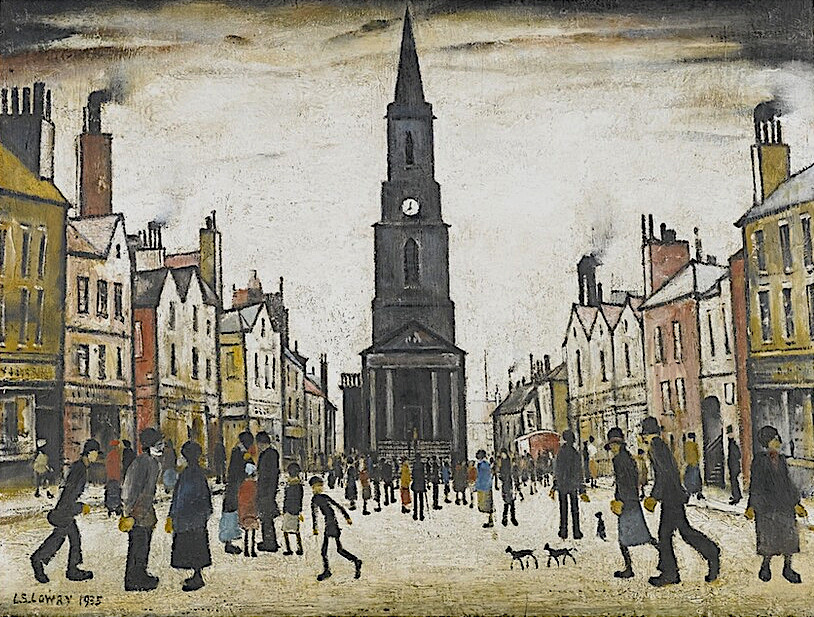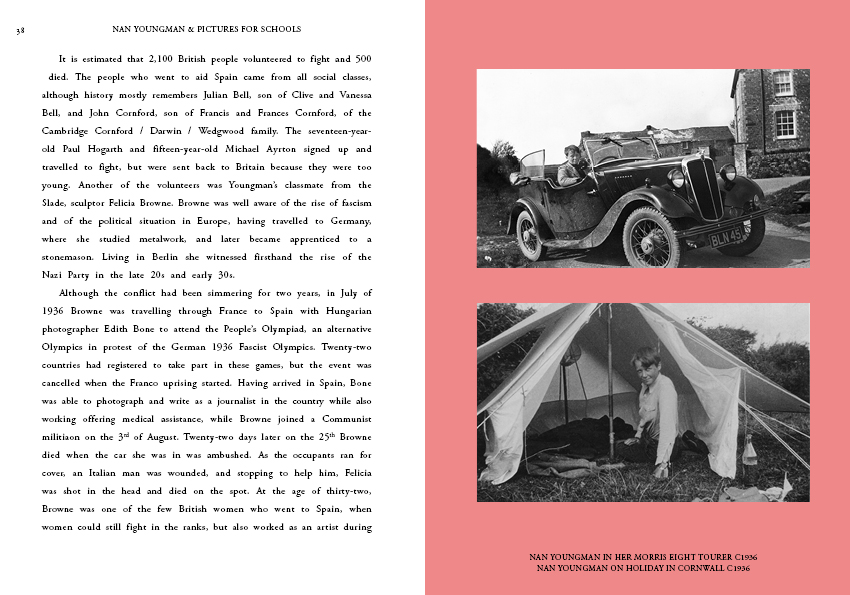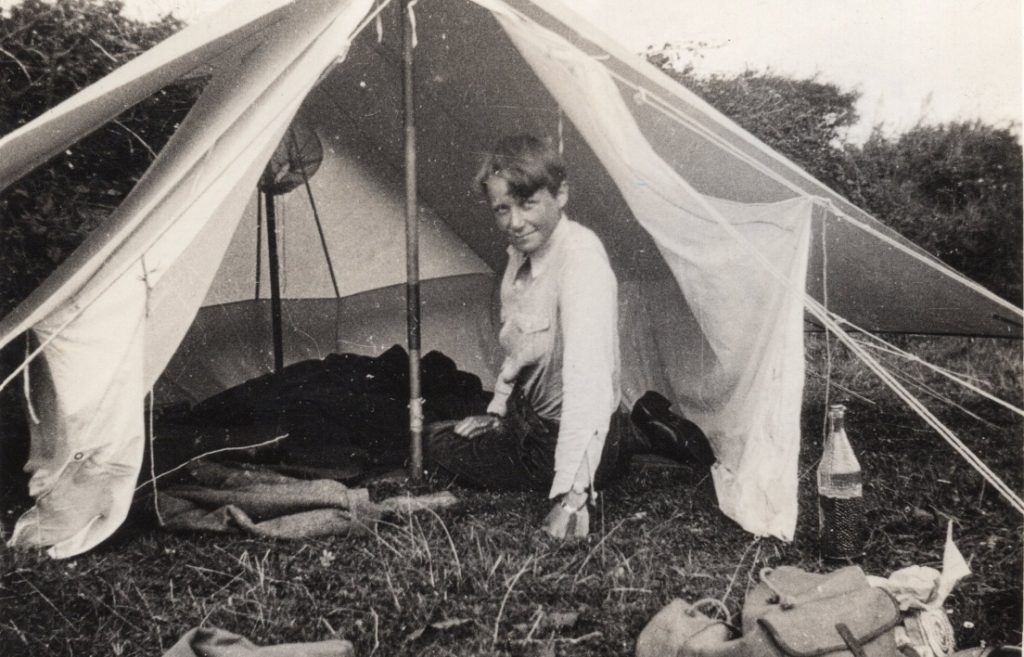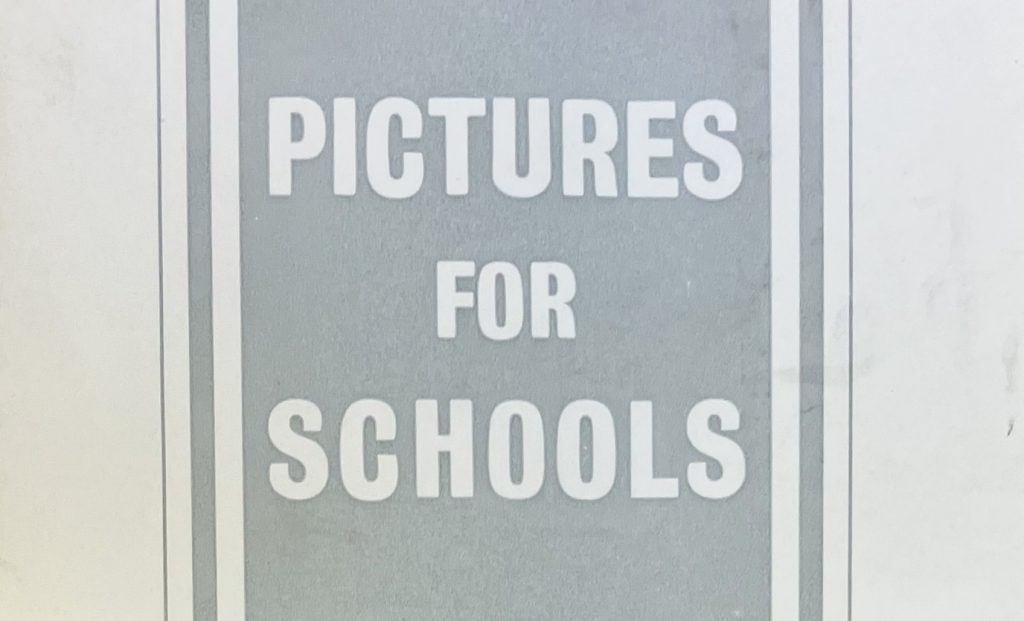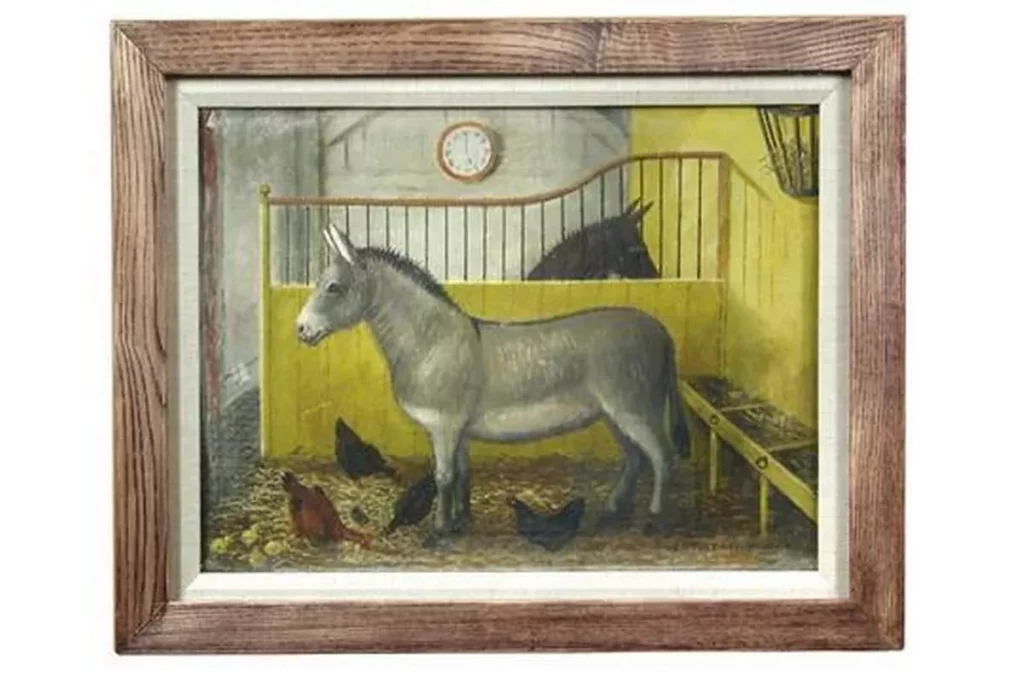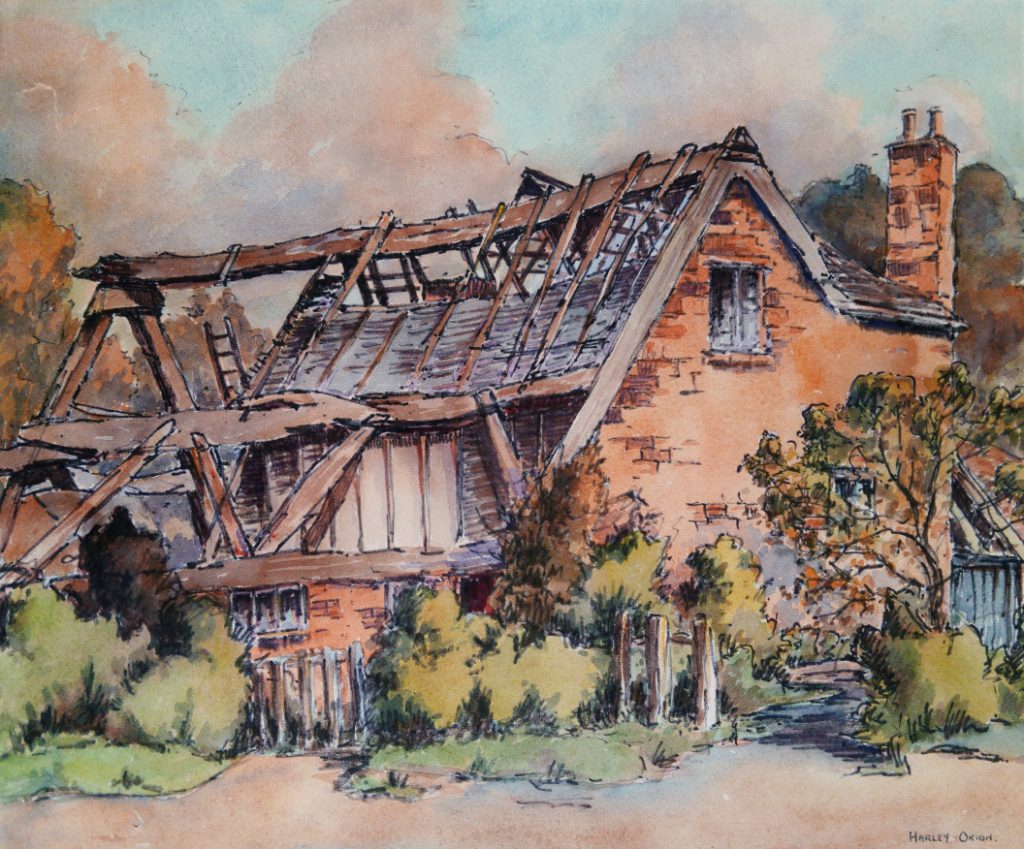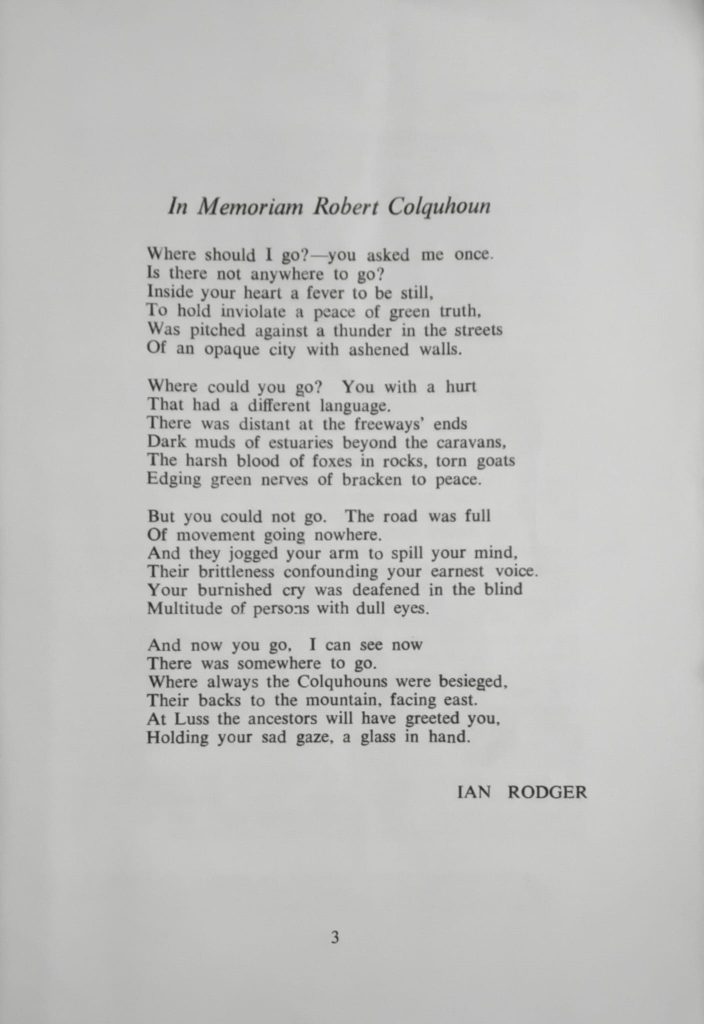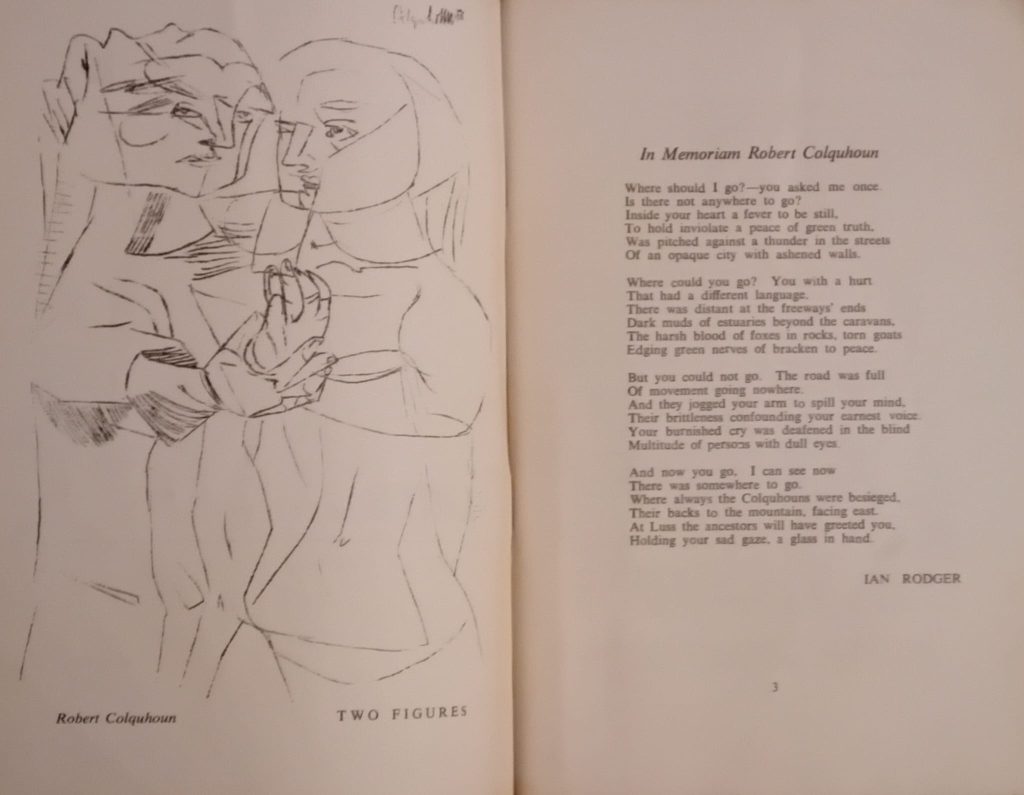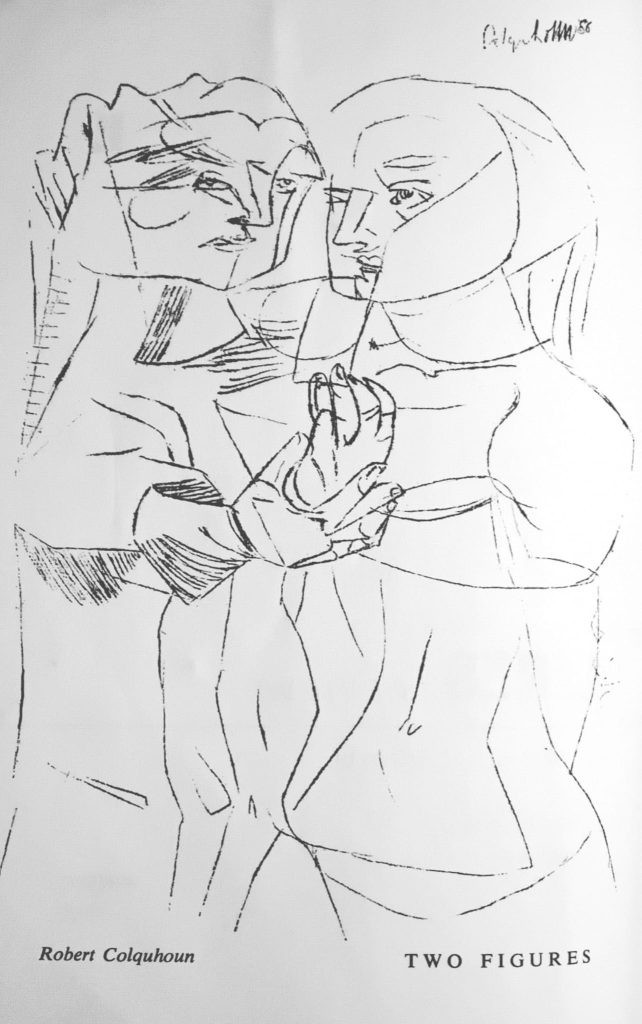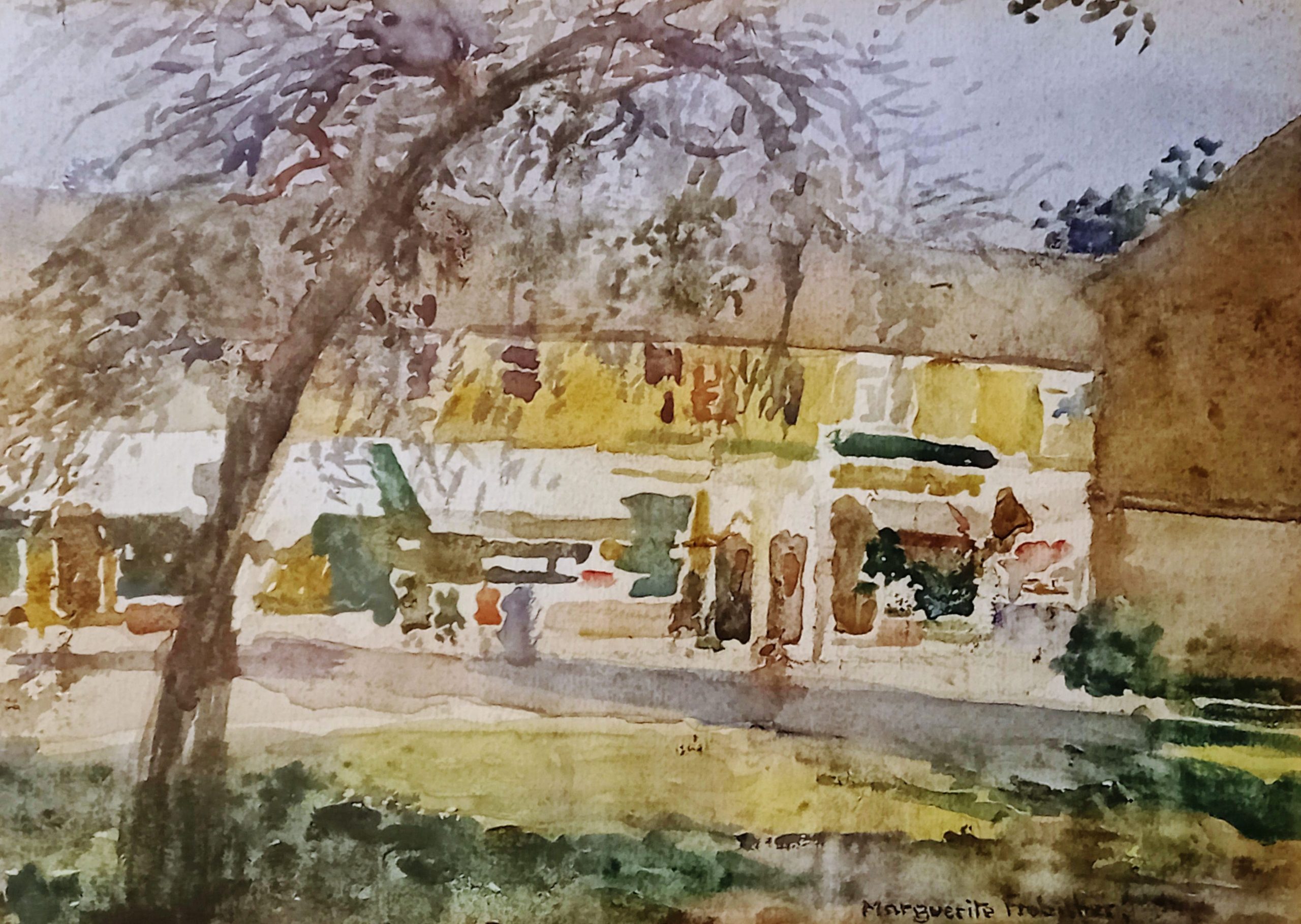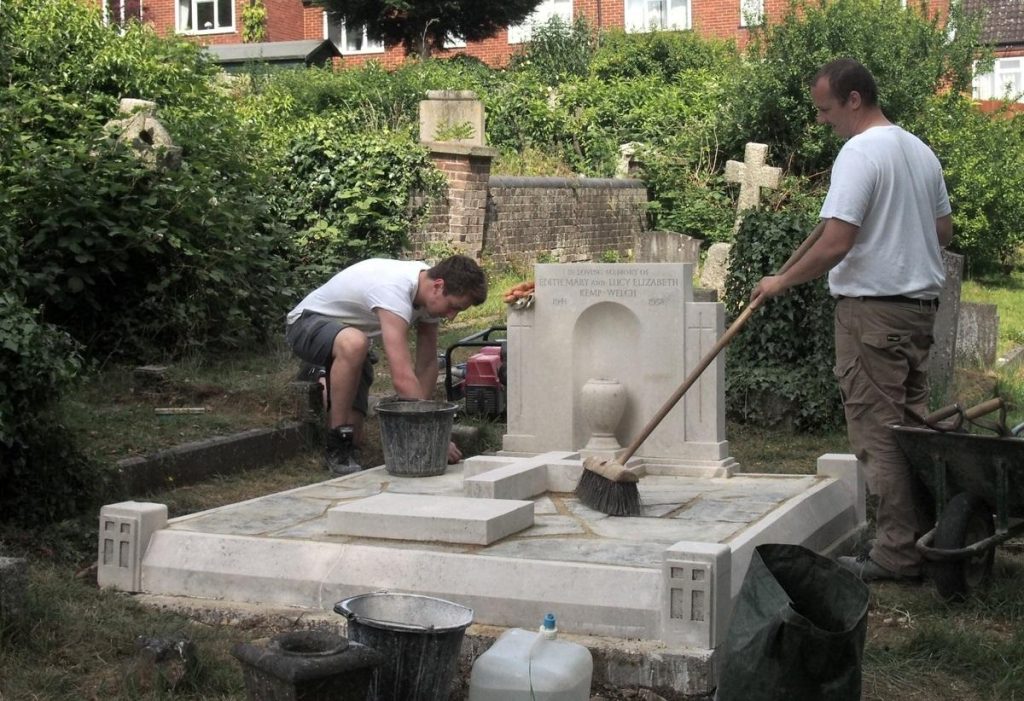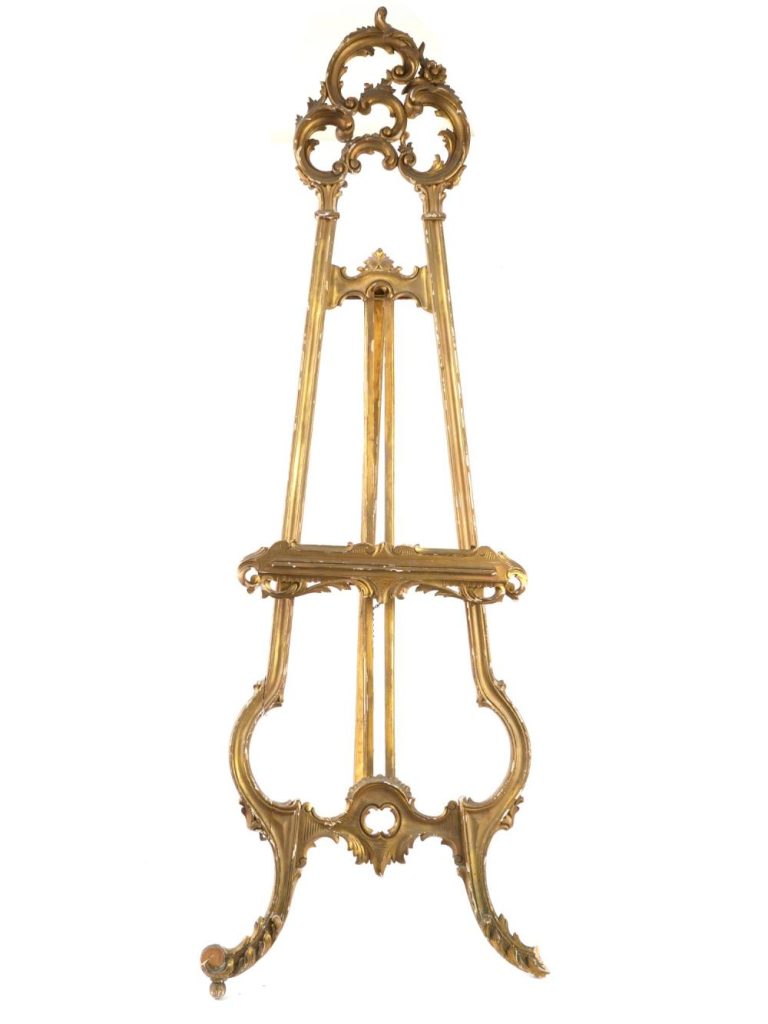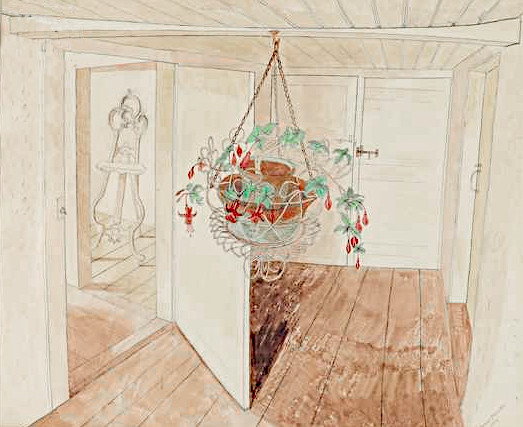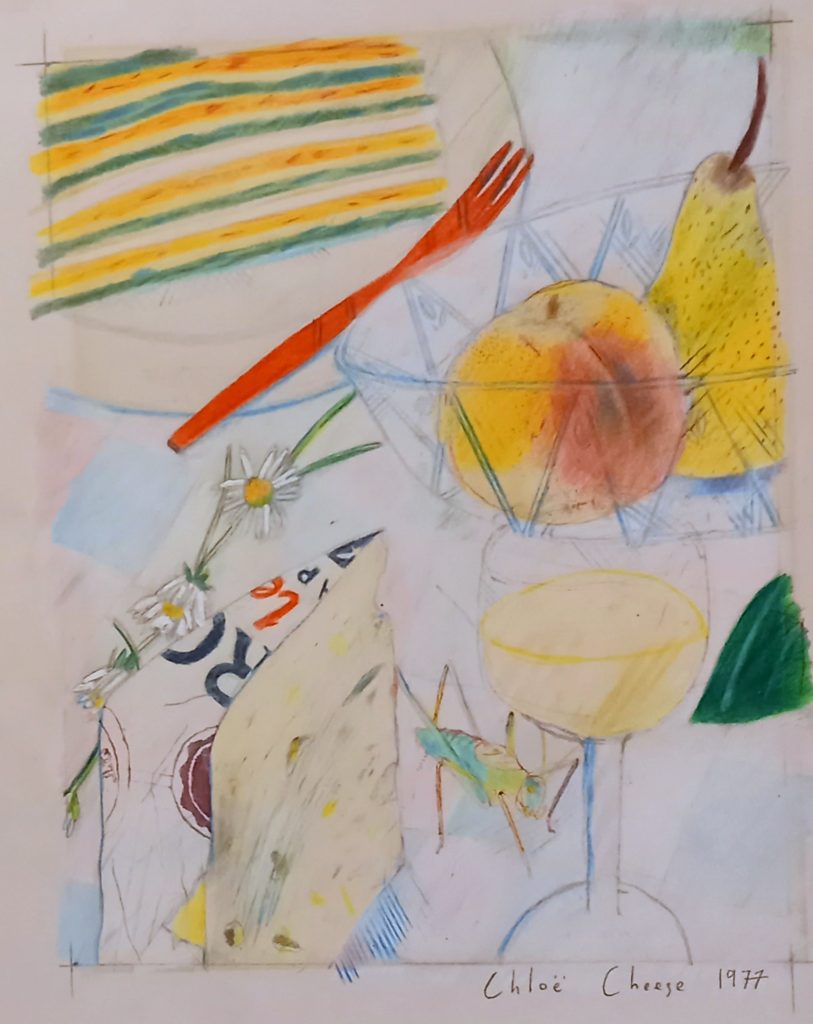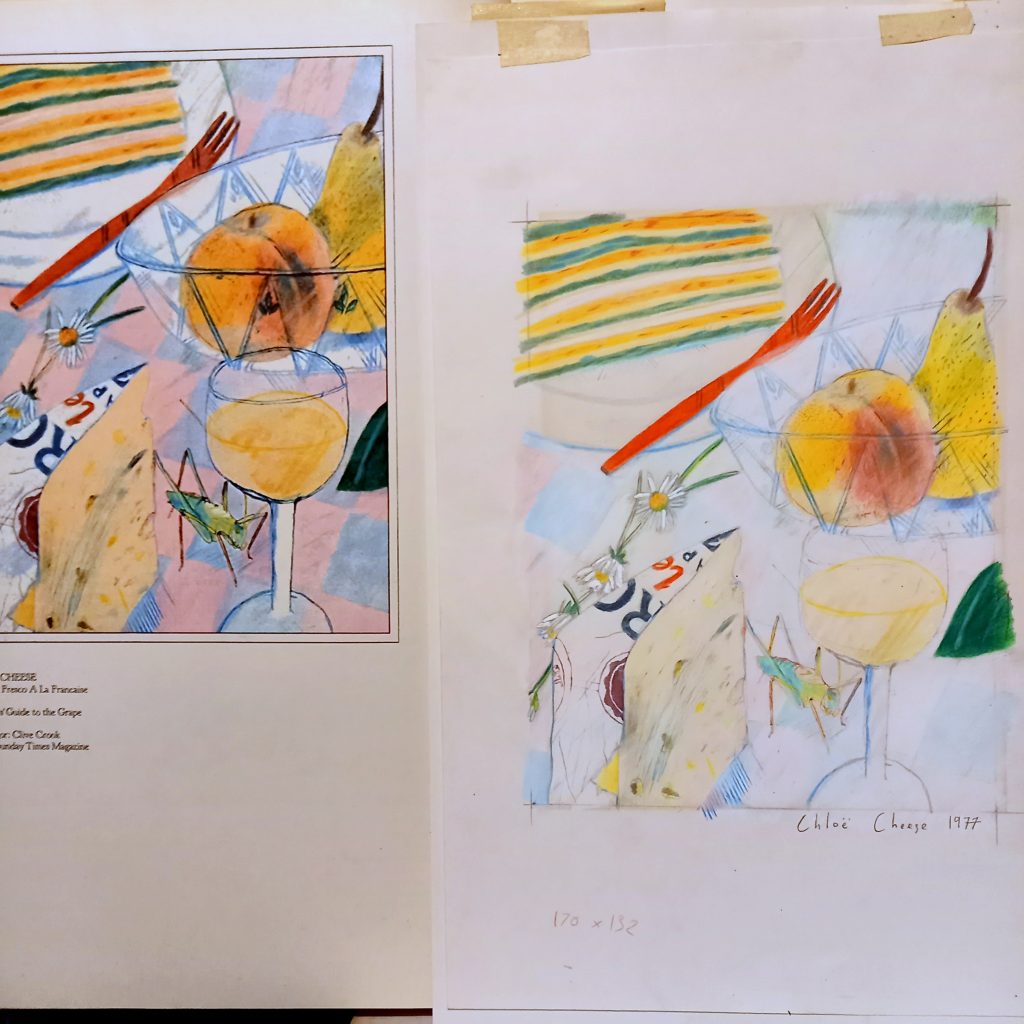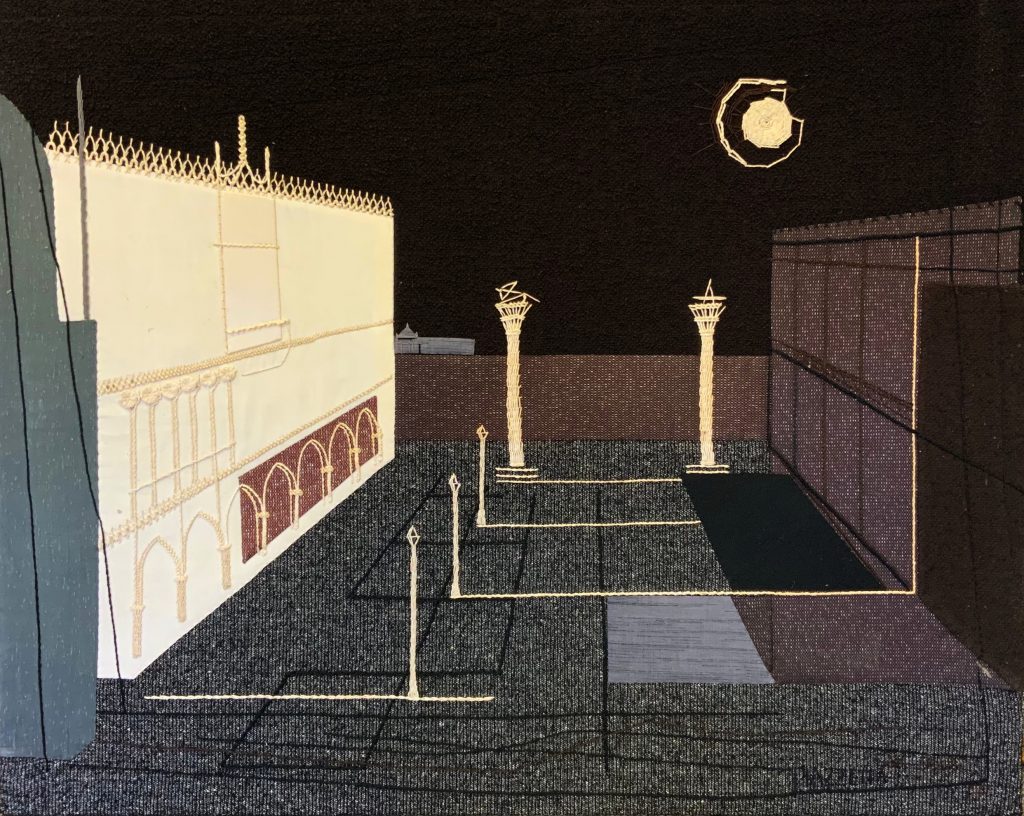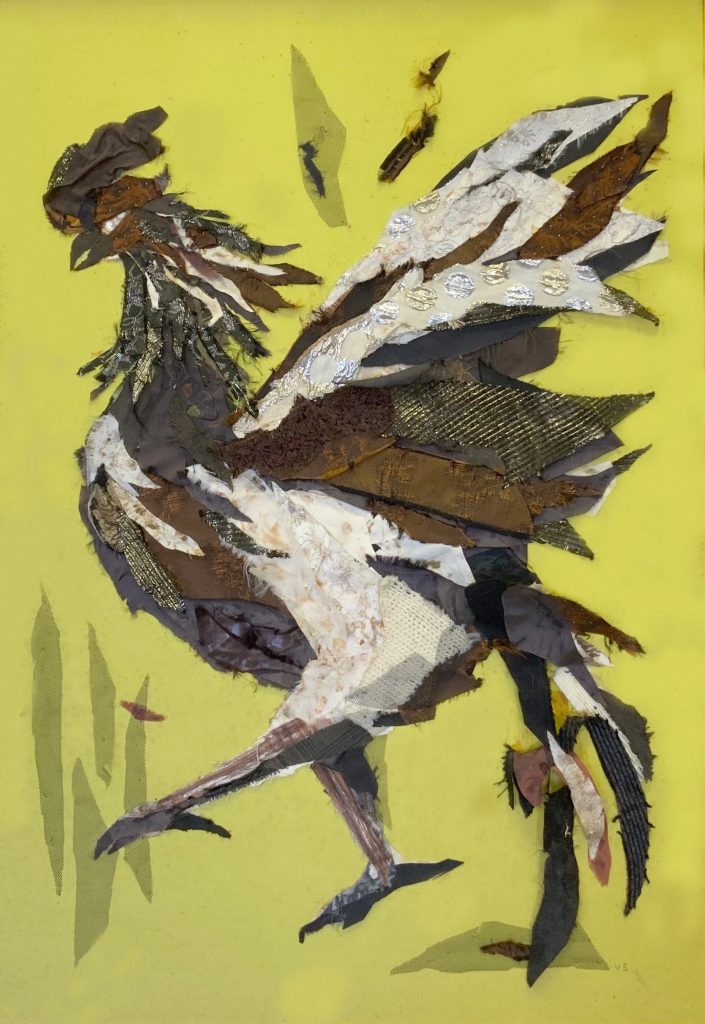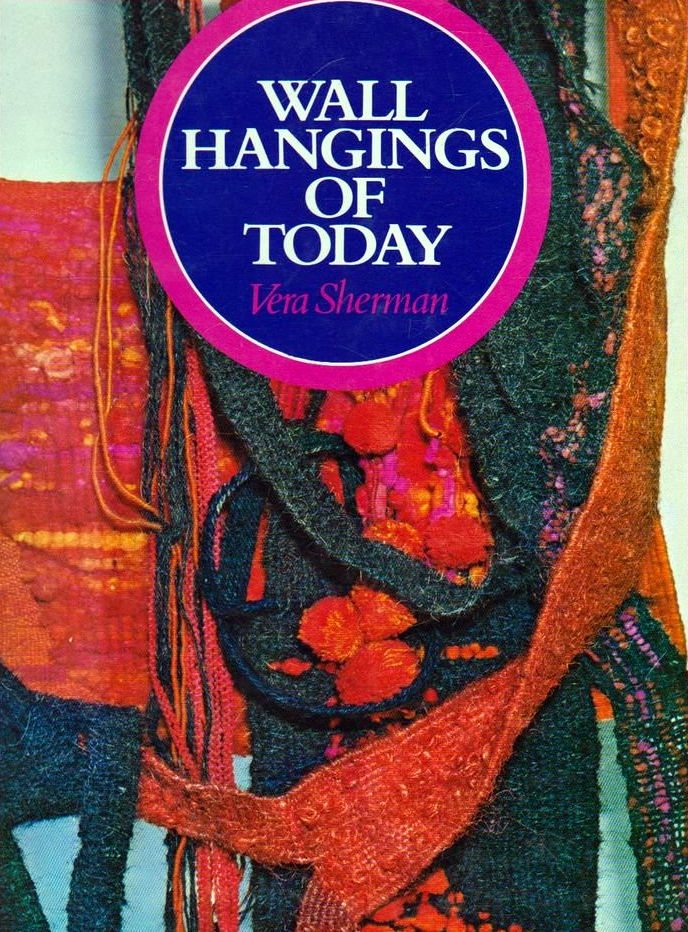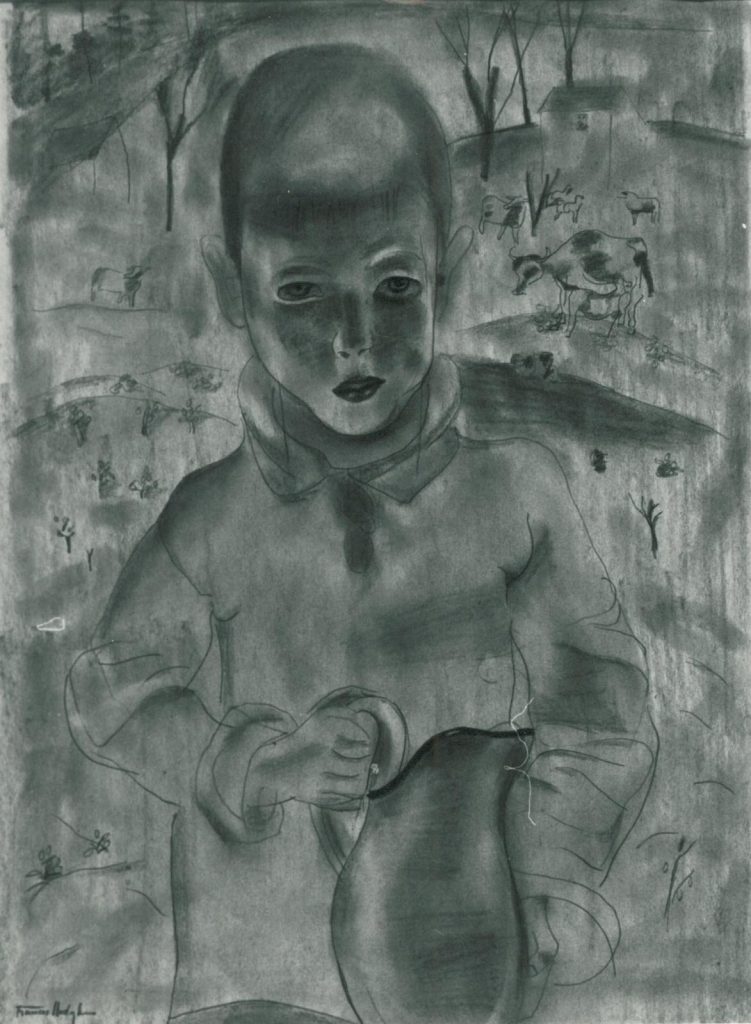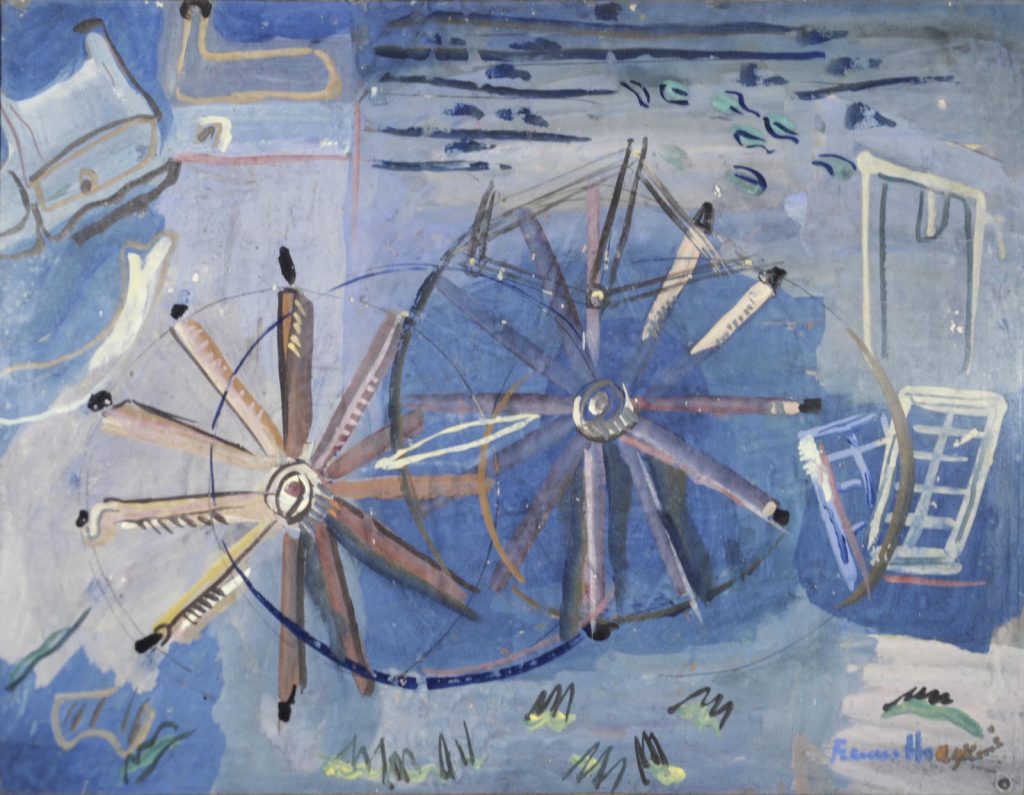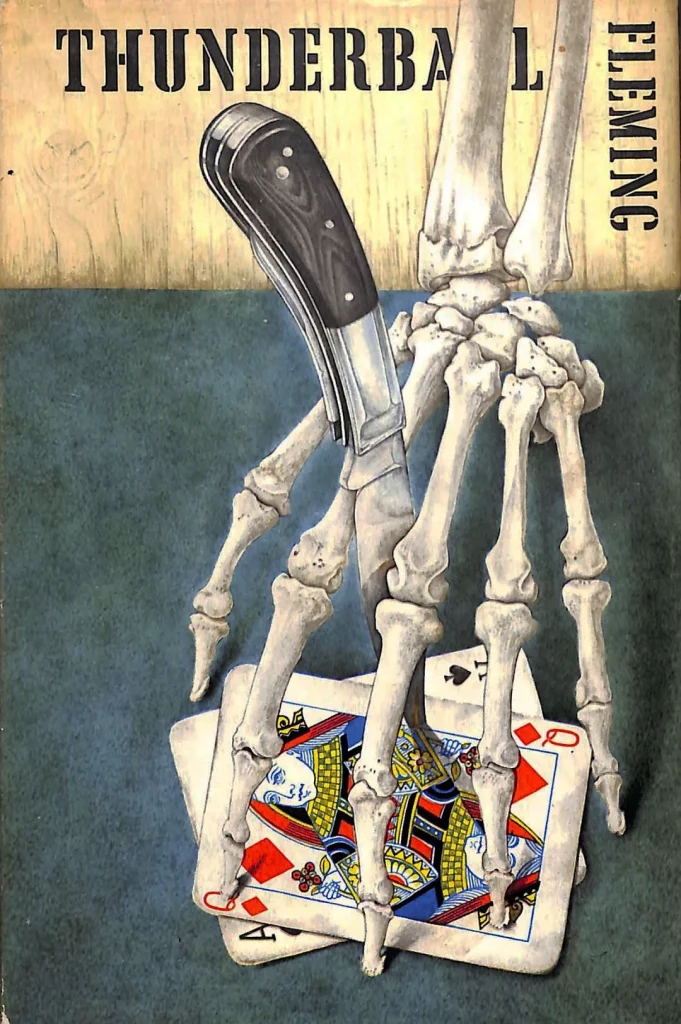
This artical on Richard Chopping was published in The Book & Magazine Collector in 2001. It gives a very interesting view into his work and features an interview with Crispin Jackson as well.
Regular readers will recall that, for the January issue, I wrote a piece on Ian Fleming’s James Bond’ books, in which I reserved particular praise for the dustjackets of Richard Chopping. “What is it that makes these jackets so unforgettable?” I asked. “Their sheer realism is certainly a contributing factor But the skill is more than technical. In his best jackets From Russia, With Love, Thunderball, You Only Live Twice, Goldfinger, The Man with the Golden Gun Chopping always incorporates contrasting images of beauty and ugliness, innocence and corruption.
His pictures are superficially appealing, but they have a chilling sub-text which also compels our attention and admiration. They are true works of art.”
Unfortunately, I went on to describe the splendid Goldfinger jacket in the following terms. “With Goldfinger, a rose is again used to offset the main image a skull with gold sovereigns in its eyes.” Days after the magazine reached the shops, I received an unexpected letter handwritten in vast black letters on paper which was crossed with thick black lines “It is nice to read your comments on my work, wrote my correspondent, “but my pleasure is tempered by the inaccuracies the article contains… Those gold coins on the cover of Goldfinger are American dollars and not sovereigns, which would have fallen inside the skull.” He went on to point out that “the flower behind the toad [on the jacket of You Only Live Twice] is a chrysanthemum and not a ‘pink lily”, as I had described it. “Either whoever wrote the article is no botanist, or I failed in my realism.” Alas, the fault was mine. The letter ended: “I expect people think I am dead. My sight is very bad” hence the special writing paper and heavy, black handwriting “but I am alive and kicking. The latter statement seemed to me to be some-thing of an understatement. I wrote back in some excitement suggesting an interview. “Yes, an interview would be fun, Chopping replied, ending with the concilia-tory note: “All is forgiven.”
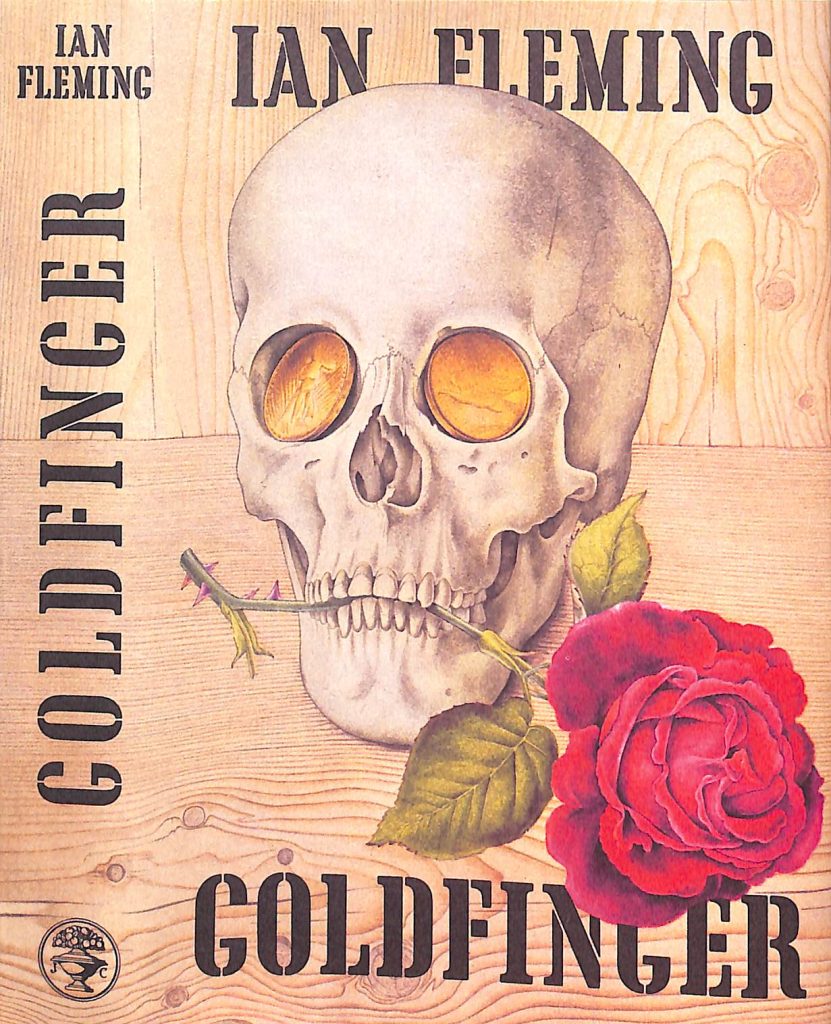
For various reasons, the interview had to be postponed for some months, but I finally got to speak to Richard Chopping early in the autumn, and the highlights of our fascinating conversation are presented below. However, I feel that I must offer a few introductory paragraphs about Richard Chopping’s career, simply because there is so much more to it than just the “Bond jackets, lovely as they are. Indeed, in the course of his 83 years, Chopping has collaborated with Allen Lane (“a Napoleon character”) and John Hadfield, and has been friends with Frances Partridge, Angus Wilson, Francis Bacon, Kathleen Hale, John Minton, and many other well-known authors and artists.
His bibliography includes children’s stories, natural history studies and two extraordinary Ortonesque novels. Indeed, if you collect ‘Bond’, Penguins, children’s books, The Saturday Book, Sixties fiction or just beautiful artwork, then you cannot afford to ignore Chopping.
Richard Chopping was born in Colchester, Essex, on 14th April 1917. His family produced ‘the whitest flour in Essex, and the Chopping mill can be seen from his house on the banks of the River Colne. Chapping’s first book was this survey of Butterflies in Britain. The cover designed and executed by Denis Wirth-Miller.
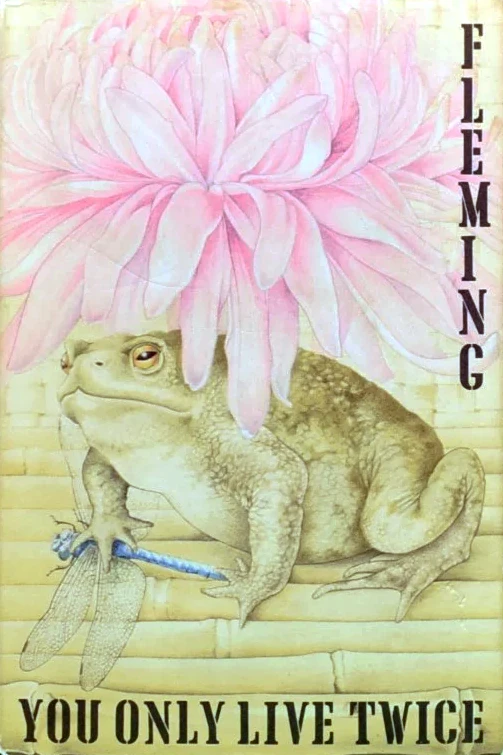
In a signed copy of You Only Live Twice, Chopping wrote on the end papers of the book:
Fleming had very little to do with this cover. I chose the objects and displayed them as I wanted them. He used to tell me what he wanted but I got fed up with that and said “I must read the book first.”
He said “Oh you don’t want to do that, it’s all rubbish.” However I did and decided what I would do although I agreed with him. The Chrysanthemum was difficult, but I had a dragonfly. But the toad did represent difficulties. Eventually I found one by asking around. It came from a friends daughter who taught [in a] school in London…
PS Fleming was rather mean. When I asked him if I could have a Royalty on the books instead of him buying my pictures outright for pea-nuts… before I had finished my sentence “No my company wouldn’t wear it”. So I upped my fee thereafter, but they were still cheap.
James Bond was born January 3. 1952, at Goldeneye, the Jamaican retreat of 43-year-old journalist and former intelligence officer lan Fleming “Horrified by the prospect of marriage and to anesthetize my nerves,” wrote the author, “I sat down, rolled a piece of paper into my battered portable and began.” After seven weeks of relaxed, though steady, writing (a process Fleming described as “roughly the equivalent of digging a very large bole in the garden for the sake of exercise”), Casino Royale finished. Still, the author was cautious: “When I got back to Low nothing with the manuscript. I was too ashamed of it. No publisher wanted it and, if one did, I would not have the face to see it in print”. Fleming’s self-deprecation was partly the studied nonchalance or a gentleman dilettante living the upper-class ideal of effortless accomplishment. But it also revealed real anxiety. With Casino Royale, Fleming had broken a lifetime of literary repression and written the book he had long promised, the “spy story to end all spy stories.”
Fleming modestly, but quite deliberately, let a friend in publishing know he had written a book. Within months the book was accepted for publication and Fleming’s caution and self-deprecation vanished. He ordered a gold-plated typewriter and threw himself into promoting his book. Until his death in 1964, Fleming returned each January to Golden-eye, where, writing at the leisurely pace of fifteen hundred words a day and never looking back at what he had written the day before, he would produce another James Bond adventure.
Famously, the name James Bond came from the author of Field Guide of Birds of the West Indies (1947).

